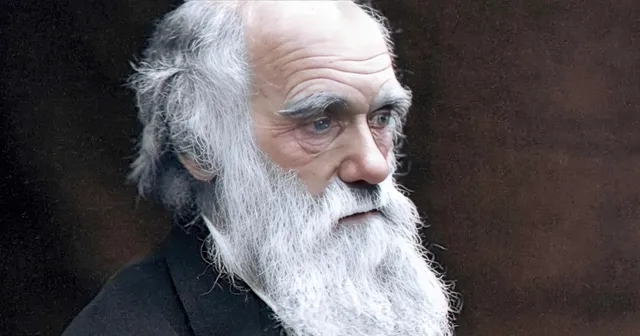How Does a Caterpillar Turn into a Butterfly?
To become a butterfly, a caterpillar first digests itself. But certain groups of cells survive, turning the soup into eyes, wings, antennae and other adult structures.
:extract_focal()/https%3A%2F%2Fstatic.scientificamerican.com%2Fsciam%2Fcache%2Ffile%2F01313C51-2158-4B98-831F37DDA58BC5B1_source.jpg%3Fw%3D590%26h%3D800%2620F8A905-6C4C-4B73-87E24DFE0BA32DCA)
As children, many of us learn about the wondrous process by which a caterpillar morphs into a butterfly. The story usually begins with a very hungry caterpillar hatching from an egg. The caterpillar, or what is more scientifically termed a larva, stuffs itself with leaves, growing plumper and longer through a series of molts in which it sheds its skin. One day, the caterpillar stops eating, hangs upside down from a twig or leaf and spins itself a silky cocoon or molts into a shiny chrysalis. Within its protective casing, the caterpillar radically transforms its body, eventually emerging as a butterfly or moth.
But what does that radical transformation entail? How does a caterpillar rearrange itself into a butterfly? What happens inside a chrysalis or cocoon?



